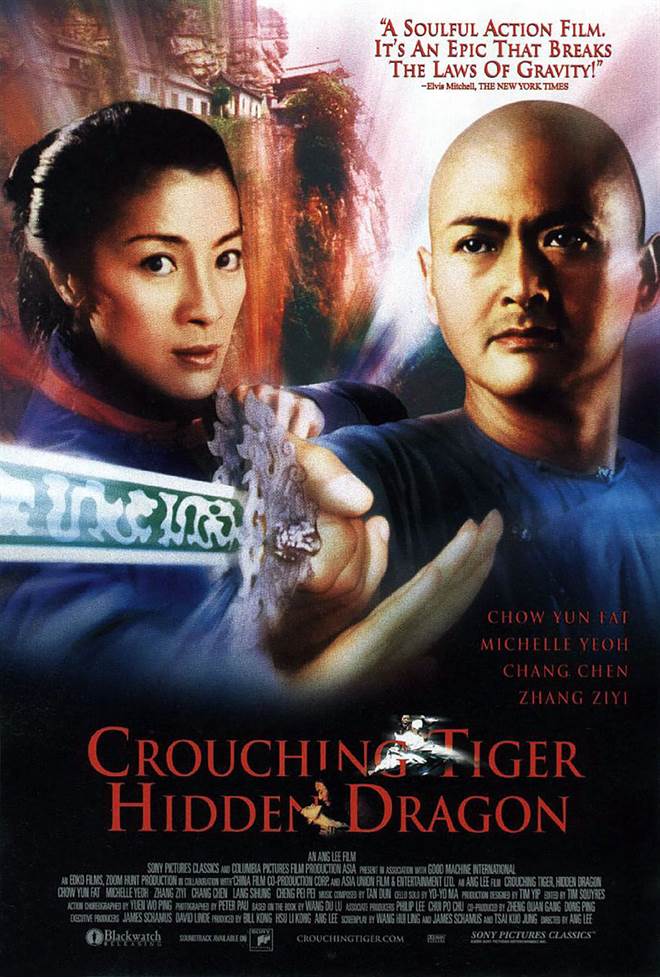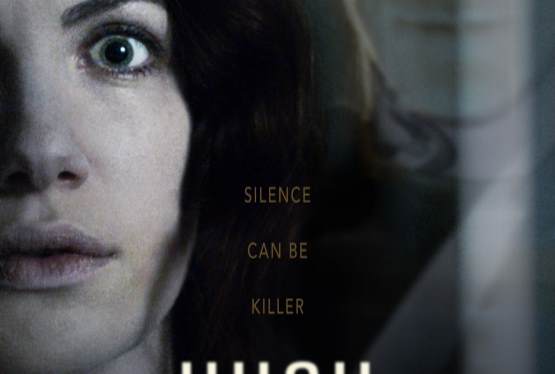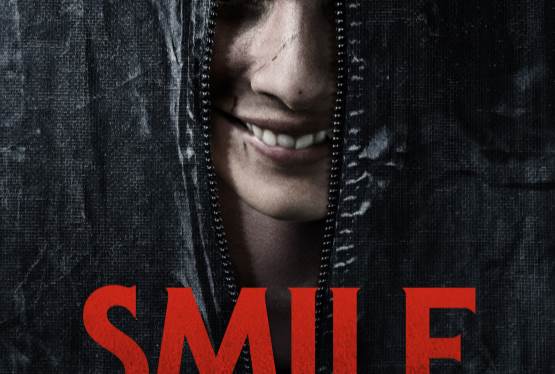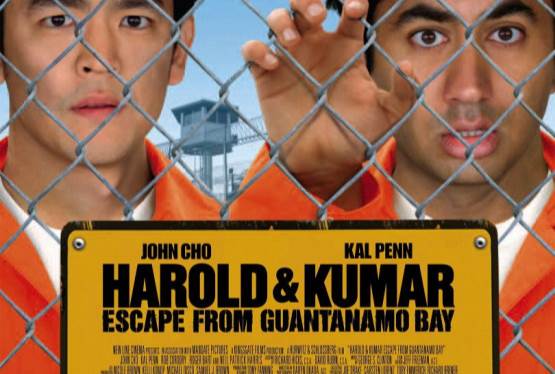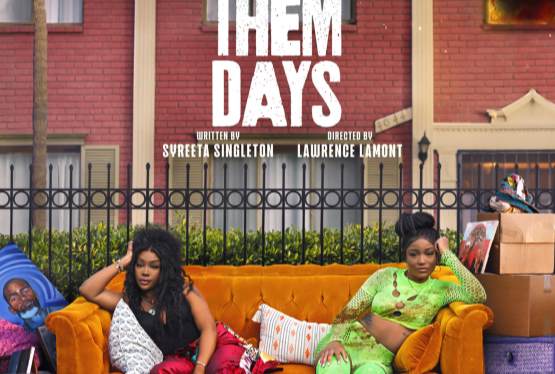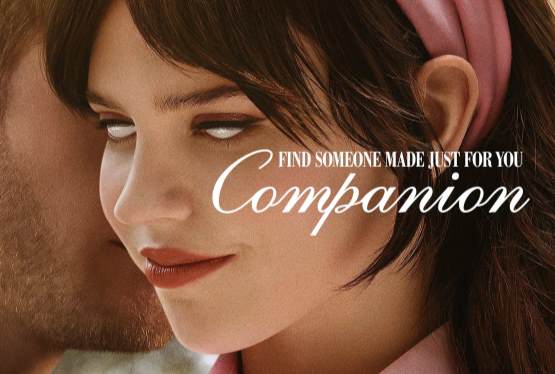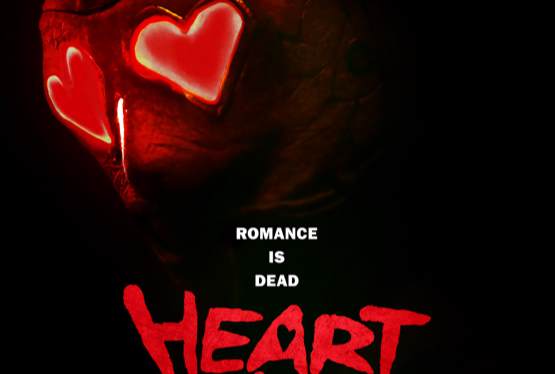Almost a quarter of a century ago, an Asian film with subtitles became an international sensation earning over $200 million in the United States alone. Made on a $17 million budget, Crouching Tiger, Hidden Dragon intrigued audiences by utilizing stunt work in fight scenes that had never been seen before. Starring Michelle Yeoh (Everything, Everywhere, All At Once) and Chow Yun-Fat (The Replacement Killers), the film catapulted Director Ang Lee (Hulk) into the upper echelon of filmmakers. Nominated for ten Academy Awards, it won four of them, including Best Foreign Language film. This week it is being re-released in theaters for a limited time only.
Set in nineteenth-century China, Crouching Tiger, Hidden Dragon is the story of great warriors, arranged marriages, unrealized love, and revenge. Li Mu Bai (Yun-Fat) is a master Wudang swordsman who has decided to retire and asks his friend, Yu Shu Lien (Yeoh) to take his 400-year-old sword - named Green Destiny - to Beijing and give it to their supporter, Sir Te (Sihung Lung; Eat Drink Man Woman). While there, Shu Lien meets Governor Yu's daughter, Jen (Ziyi Zhang; Memoirs of a Geisha) who is set to be married to a man she doesn't even know.
One evening the Green Destiny is stolen from Sir Te's compound and his servant and Shu Lien chases the thief to the Governor's estate. Shortly after the theft, Mu Bai arrives in Beijing and searches for the Jade Fox (Pei Pei Cheng; 2020 Mulan) who killed his master many years ago. When he finds her and they fight, she tells him she killed his master because he wouldn't train her in the Wudang warrior ways. She then realizes Jen has studied the Wudang teachings and has surpassed her as a great Warrior. Fox then kidnaps Jen, intending to poison her but fatally pricks Mu Bai instead. As he lies dying he and Shu Lien finally confess their love to each other.
Crouching Tiger, Hidden Dragon was groundbreaking for its time. The fight choreography astounded audiences and critics, making the small, foreign-language movie into a worldwide success. The wire work - performed by the actors, not stunt doubles - was a kind of dance. Wielding swords as they floated through the air...on rooftops and trees... were magnificently filmed from various angles. Lee did an incredible job bringing something new and fresh to action movies.
Yeoh and Yun-Fat were terrific as was much of the cast. They had wonderful chemistry and the tension between them was palpable. Zhang grabbed the viewer's attention and drew them in, which was quite an accomplishment for the young thespian. Cheng portrays the villainous Fox perfectly and one can see the anger oozing from her every pore.
While the film received praise from critics and audiences, there were some issues with it. The plot was confusing at times and there were moments when I wasn't certain if the scene I was watching was a flashback or not. I also wonder if Asian cultures would have allowed women to be warriors in the nineteenth century. Of course, for all of the innovative fight scenes, it was still obvious they were using wires and I even saw the outline of the wires in one or two scenes. The upgraded video quality is a blessing and a curse. Details are sharper and lines look clean throughout the movie, but besides the aforementioned wires, the wigs the actors wore were fake and the better quality video doesn't hide that as well as the lower quality version.
There is no doubt Crouching Tiger, Hidden Dragon was ahead of its time and paved the way for even better fight scenes and wire work throughout the industry. However, it certainly had its flaws and newer technology accentuates them even more. Having said that though, it is still a very good film that will remain a part of film history forever. So while the opportunity exists, I recommend heading to your favorite movie theater so it can be experienced on the big screen.
Grade: B+

